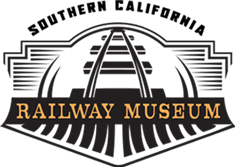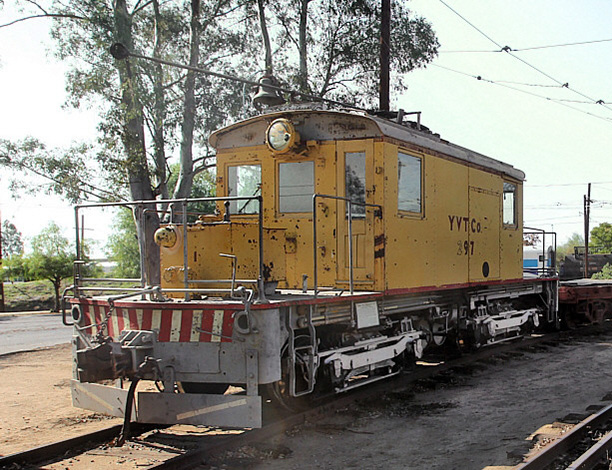In addition to its large collection of electric railway vehicles from the Los Angeles area, the Museum has trolleys from several other California cities including San Diego, Fresno, Bakersfield, San Francisco and Sacramento.
Like Los Angeles, the San Francisco Bay Area was blanketed with interurban and local streetcar lines as well as a third type of electric railway service, the suburban (commuter) electric railway. A functional cross between the local streetcar and the interurban, nowhere in the state was this better exemplified than with the suburban trolleys that met the ferries shuttling commuters across San Francisco Bay.
The largest of these suburban operations were operated as subsidiaries of the Southern Pacific Railway. With the coming of the San Francisco – Oakland Bay Bridge in 1939, East Bay suburban trolleys began operating directly over the new bridge instead of meeting the ferries. The new bridge also made it much easier to drive into San Francisco, and so by 1941, many of the suburban rail lines were abandoned as the public switched to driving. The advent of World War II brought large numbers of these now-surplus trolleys south to Los Angeles, where they were desperately needed to meet the sudden increase in passenger traffic on the Pacific Electric. The Museum’s PE collection includes four cars originally built for the SP’s Bay Area electric operations.
Streetcars and interurbans from Denver, Portland (another Southern Pacific electric interurban system) and Salt Lake City round out the collection of cars from the Western US. A double-deck Irish Tram adds an international flair to the collection. Representing a typical European tram of the early 1900s, it provides a decided contrast to the typical US trolley of the same period.


